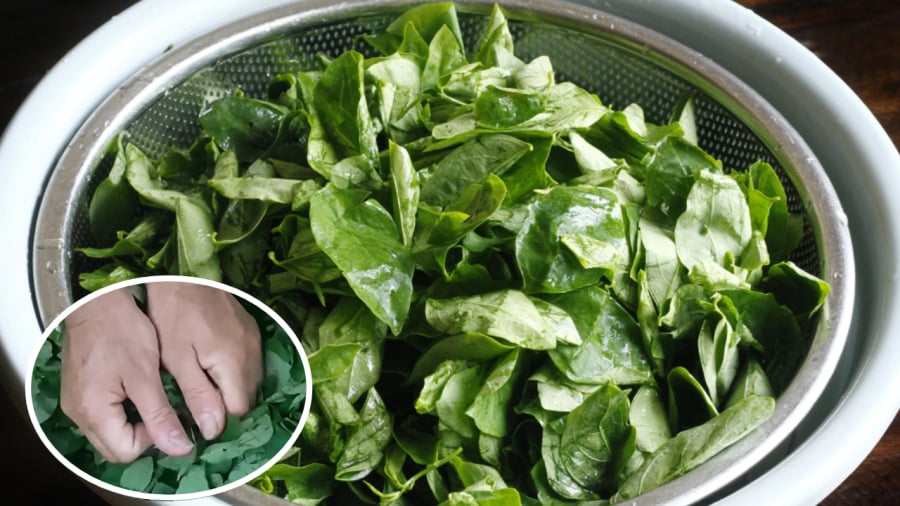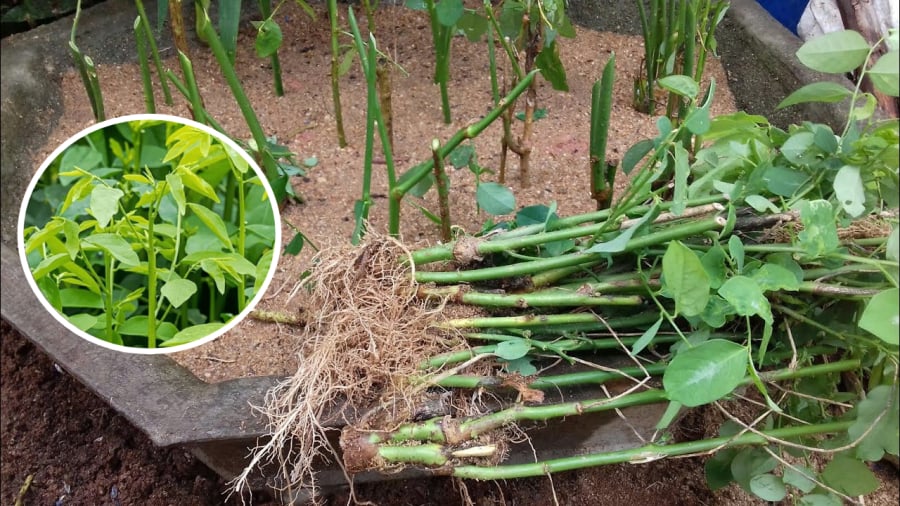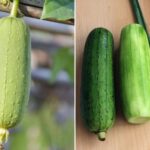Pennywort has a sweet taste and a cooling nature, according to Eastern medicine. It has detoxifying, diuretic, blood-tonic, antibacterial, and anti-inflammatory properties. This herb is believed to be both invigorating and nourishing, supporting the body’s defense mechanism and expelling pathogenic factors.
Modern medicine has revealed that pennywort is rich in vitamins A and C, even surpassing the amounts found in milk, oranges, and lemons. These vitamins act as antioxidants, combating aging and enhancing brain function. Additionally, pennywort contains essential nutrients such as protein, iron, phosphorus, and manganese.
**Why do people crumble pennywort before cooking?**
When preparing pennywort, you may notice that many people crumble the leaves before cooking. This practice helps soften the leaves and allows them to absorb flavors more effectively. Pennywort has a shiny, resilient surface that doesn’t retain water, so crumbling it breaks down its structure and makes it more pliable.
When cooking pennywort, you can crumble the leaves, but it is important to wash them first. Crumbling the leaves and then rinsing them with water will cause valuable nutrients to be lost.

Wash the pennywort thoroughly before crumbling. Doing it the other way around will cause the nutrients to wash away.
To soften the pennywort and help it absorb flavors during cooking, wash it first, let it air dry, then gently crumble it before adding it to the pot. Do not rinse the crumbled leaves with water afterward.
**How to grow pennywort at home**
You can propagate pennywort by stem cutting.
Choose a well-drained, airy soil, and enrich it with decomposed compost to boost its nutritional value before planting.
Select pennywort stems that are mature and brown in color, avoiding soft, green, tender stems as they won’t sprout.
Cut the stems into small sections, approximately 10-12 cm long, and let the cuts dry for 2-3 hours.
Plant the stems in the soil, with about 2/3 of their length buried, at a slant of approximately 45 degrees.
Water the cuttings and keep the soil moist.
You can also cover the area with a layer of straw, green manure, or manure to encourage faster root growth.

Pennywort can be grown by stem cutting.
Pennywort is easy to grow. Water it twice a day, in the morning and evening. After about 7-10 days, mound soil around the base to help the roots take hold and keep the plant upright.
You can harvest the leaves after about two months. Either pluck the leaves or cut the branches. Continue to care for the plant, fertilize it, and in about half a month, new leaves will appear.
The Magic Berry: A Superfood in Disguise
Introducing a familiar fruit with a tasty twist! With a simple drying process, you can enjoy this delicious treat all year round. Transform this humble fruit into a mouth-watering, eye-catching delight that will have even the fussiest of kids asking for more. A true testament to the power of creative cooking!
The Secret to Stir-frying and Cooking Loofah Without Discoloration
 Cooking Loofah Without Discoloration’>
Cooking Loofah Without Discoloration’>To stir-fry or cook a clear soup with sponge gourd without it turning black, simply follow this easy tip.



































